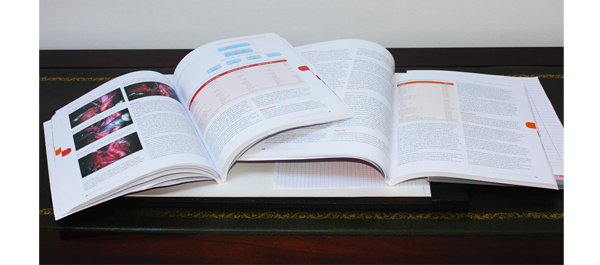Article of the week: Out of the COLD: cryoablation for locally advanced PCa
Every week the Editor-in-Chief selects the Article of the Week from the current issue of BJUI. The abstract is reproduced below and you can click on the button to read the full article, which is freely available to all readers for at least 30 days from the time of this post.
In addition to the article itself, there is an accompanying editorial written by a prominent member of the urological community. This blog is intended to provoke comment and discussion and we invite you to use the comment tools at the bottom of each post to join the conversation.
If you only have time to read one article this week, it should be this one
Cryoablation for locally advanced clinical stage T3 prostate cancer: a report from the Cryo-On-Line Database (COLD) Registry
John F. Ward, Christopher J. DiBlasio*, Christopher Williams†, Robert Given‡ and J. Stephen Jones
§The University of Texas MD Anderson Cancer Center, Houston, TX, *Urology, Mount Sinai School of Medicine, Huntington, NY, †Urology, University of Florida and Shands Medical Center, Jacksonville, FL, ‡Urology, Eastern Virginia Medical School, Norfolk, VA, and §Urology, Cleveland Clinic Lerner College of Medicine, Cleveland, OH, USA
OBJECTIVE
• To assess the oncological and functional outcomes of primary prostate cryoablation for men with clinical stage T3 (cT3) prostate cancer, as although radical prostatectomy (RP) or external beam radiotherapy (EBRT) are the standard treatments for locally advanced cT3 prostate cancer some patients opt for nonextirpative prostate cryoablation instead.
PATIENTS AND METHODS
• The Cryo-On-Line Database (COLD) Registry was queried to identify patients with cT3 prostate cancer treated with whole-gland cryoablation (366 patients).
• We assessed biochemical disease-free survival (bDFS) using the Phoenix definition and determined reported rates of urinary incontinence and retention, sexual activity, and rectourethral fistulisation after treatment.
• Patients were subsequently assessed according to whether they were administered neoadjuvant androgen-deprivation therapy or not (ADT; 115 patients, 31.4%).
RESULTS
• For the entire cohort, the 36- and 60-month bDFS rates were 65.3% and 51.9%, respectively.
• Patients who received neoadjuvant ADT had statistically nonsignificantly higher 36- and 60-month bDFS rates (68.0% and 55.4%, respectively) than patients who did not receive neoadjuvant ADT (55.3% and 36.9%, respectively).
• The after treatment urinary incontinence rate was 2.6%; urinary retention rate, 6.0%; sexual activity rate, 30.4%; and rectourethral fistulisation rate, 1.1%.
CONCLUSIONS
• Cryoablation for patients with cT3 prostate cancer leads to less favourable bDFS than that after RP or RT for the same group of men.
• The after treatment rectourethral fistulisation rates for patients with cT3 disease are higher than in those with organ-confined prostate cancer treated with cryoablation; however, urinary dysfunction and sexual activity rates are similar for men with cT3 to those reported from this same registry in men with cT2 disease.
• The addition of neoadjuvant ADT (though not studied prospectively here) should be strongly considered if a patient with cT3 prostate cancer is to be treated with cryoablation.


